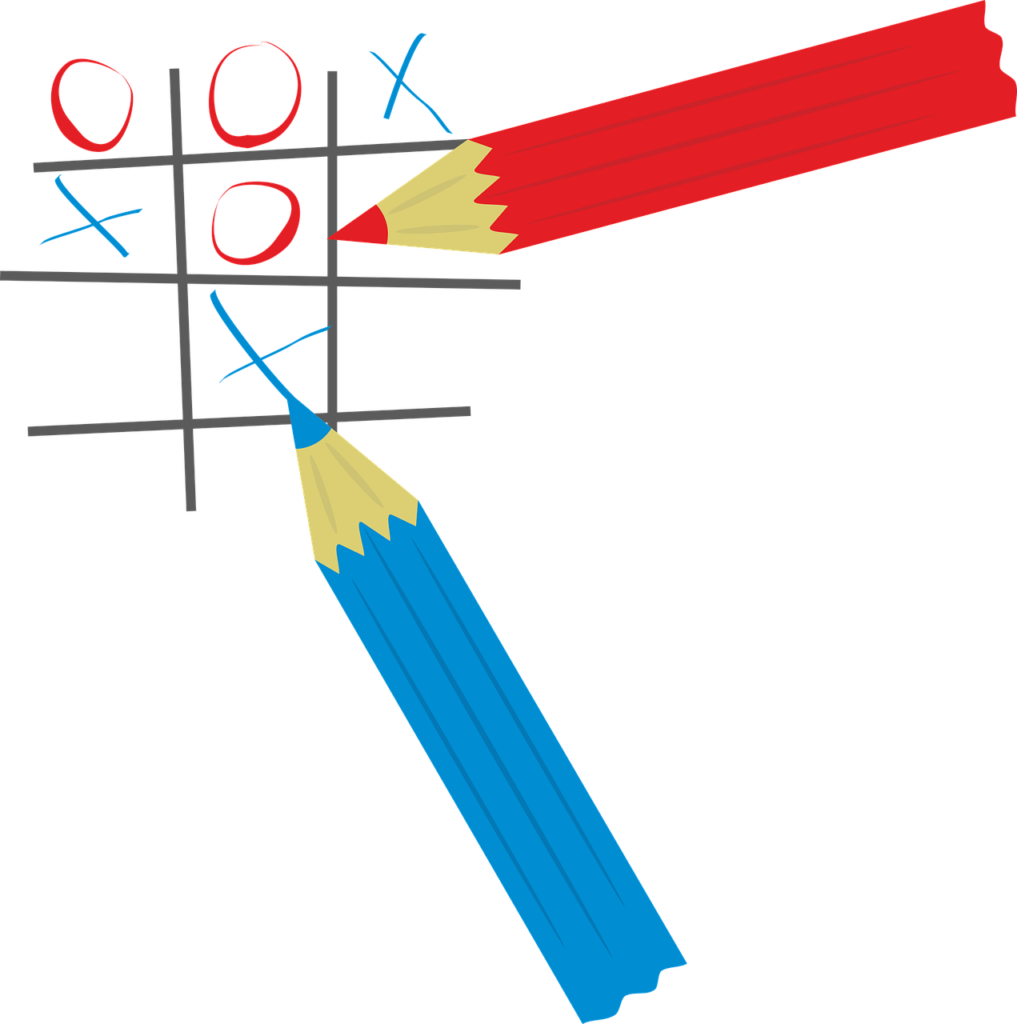
Here are some games that I have previously used in my grade 2 class this year. These are printable games in which I have student slide the paper game into whiteboard sleeves. I only print out 5 or 6 copies because these are partner games. These games are also played based on their groups. Therefore, I do not need to print one copy per student. I also choose to print them on card stock and different colours of paper. This way when I file them, it is easy to see the different games and it makes it more fun for the students. Side note: students respond well to coloured organization so if a student is confused which game they are playing you can respond by “what colour is your group?” This also helps for differentiation.
Place Value:

Here are some place value games that I love. These games are from Games4Learning. I used these at the beginning of the year to evaluate which of my students knew their place value and which ones didn’t. My students loved these because they love the graphics on them and they love dinosaurs. Now, one key factor we know about engagement with games is the graphics. A game without graphics will generally not be as appealing as a game with some graphics. This is not fool proof but especially in younger grades, graphics are one way that provides immediate buy in.
These games are found at: https://games4learning.com/place-value-freebie-makeover/
Addition with adding multiple numbers:
The games I chose at the beginning of the year for addition strategies are called Pig and Going to Boston. I found them at Susan Jones Teaching These games focus on the addition of multiple numbers and allows you to differentiate easily. Susan Jones does a Sunday Spotlight on Youtube where she demonstrates various math games. She has lots and lots of great ideas, so I encourage you to check it out.
Here is the link:
I found this resource at: https://susanjonesteaching.com/?s=Going+to+boston
Shake and Spill:
Another great way of knowing students fact fluency is by using this shake and spill sheet. It is a kinesthetic opportunity for students to subitize and explain their thinking. I enjoy this because although it is not a two player game it gives insight into students thinking. If students can’t determine what combinations make 10 and 20 then they are not ready to move onto higher numbers. This is a foundational skill. We use a cup and red and yellow double sided counters to show the combinations. We have also used 6 or 9 sided dice as a small interview. After students have rolled a number I will say build that number which counters, then explain to me how many more you need to make 10 or 20, tell me how you know that.
Here is where I got this resource from:
https://www.teacherspayteachers.com/Product/Shake-and-Spill-Addition-Mathtivity-4873976
Leave a Reply